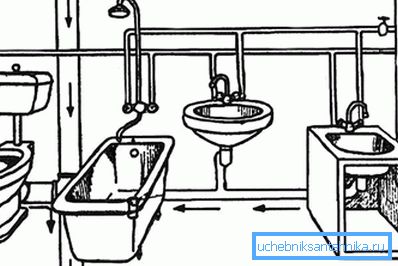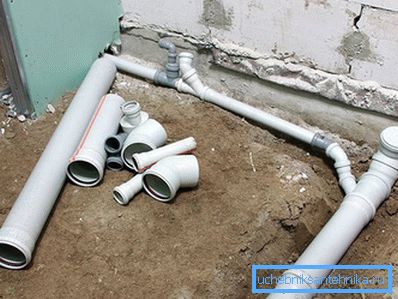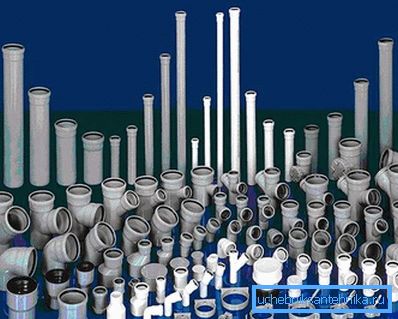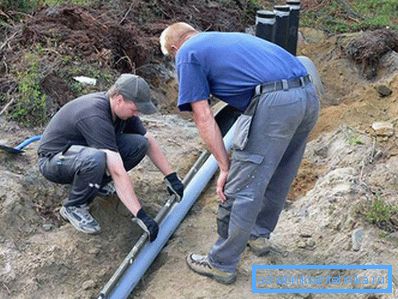Slope sewer pipe
If it is necessary to arrange a drainage system for the bathroom, it is important to understand what the slope of the sewer pipe in an apartment should be, otherwise you may encounter problems. Even if the impression is created that the work will be simple, a frivolous attitude towards the installation of the angle of descent will certainly affect the operation of the sewage system. As a result, there will be wasted resources, time and effort, because all the work will have to be completely redone.
Typically, the sewage in the apartment works on the principle, which is based on the principle of water flow by gravity. Therefore, if the slope is small, the water will not pass by itself, and when large, the sewage system will not be able to work normally.
Determination of tilt angle

In order for the angle to be as it should be, one should understand the data given in the reference tables. In them, as a rule, fractions are given that are not widely understood. Those who are used to the fact that the angle should be determined by degrees, may not understand the values of the decimal fraction. However, to understand it is not difficult. The first figure means the slope, and the second - the length of the highway in meters. This can be illustrated with an example in which 3/1 will look like 3 cm per meter. To understand the total slope, you need to multiply the length of the pipe (to the edge or before the turn) by this value.
We explain in more detail. For example, the entire length of the sewer pipe will be equal to 6.7 m, and the decrease will be, say, 0.06. Thus, between the level at the beginning and the end of the sewer system there should be a difference that can be represented as a formula:
H = L x k, Where L - is the length of the pipe (6.7 m), k - bias equal to 0.06. Therefore meaning H = 6.7? 0.06 = 0.42 m, that is 42 cm. This is how the correct slope of sewer pipes is determined, and this method is suitable for both apartments and country cottages.
Pipe filling calculation

What should be considered during the installation of a sewer pipe is its filling. To define it, a formula has been created:
y = H / D, Where: H - liquid level of water in the pipe, and D - its diameter. Value y will be zero if the pipe is not filled. If it is filled, then this indicator is 1. The optimal range is 0.5 or 0.6.
Such a difference is present due to the special properties of the material from which the pipes are made, as well as their ability to form a boundary layer that can be held closer to the inner surface of the pipes.
It would not hurt to take into account the fact that glass or plastic pipes inside are smoother than asbestos, as their surface is rough. Therefore, the occupancy value for the first case will be 0.5, and for asbestos - 0.6.
These indicators will be responsible for the speed at which sewage and liquid will flow through pipes (approximately 70 cm per second). As a result, the rate of solid inclusions will be significantly lower, which will keep them in suspension so that they can not stick to the inner walls in the pipeline.
Norms

The minimum slope of sewer pipes according to SNiP will be influenced by the diameter of the pipe laid in the house. According to these standards, for pipes of average diameter (about 50 mm) the slope will be 0.03 m, and for large sizes - 0.02 m.
Branch pipes

It is best to use the level to determine the horizon (laser guided or normal). You can also apply the tensioned cable trace. When the pipe will wind up in the riser, it will fit as a standard vertical.
To carry out such calculations, the reduction angle should be considered as arcsine with respect to the reduction, while taking the obtained value from the right angle, that is, from 90 ?. The resulting value will be the result that we need.
SNiP and other standards indicate the most acceptable data for the slope of pipes running outside. These sizes, as a rule, have a diameter larger than that in internal communications.
Tip! The best slope is from 15 to 25 mm.